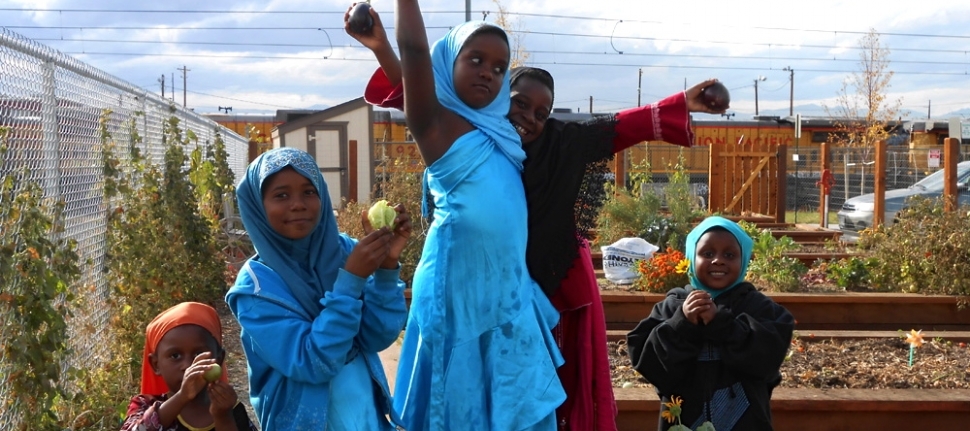
Healthy Housing: Active Design Solutions
March 1, 2016
Good health depends on having safe homes that protect us and provide a sense of privacy, security, stability and control. On the flip side, poor quality and inadequate housing contributes to health problems such as infectious and chronic diseases, injuries and poor childhood development.
In Miami-Dade County, 33% or 273,240 households experience severe housing problems.* This is the highest in the State of Florida. Severe Housing Problems is defined as the percentage of households with at least one or more of the following housing problems:
- housing unit lacks complete kitchen facilities;
- housing unit lacks complete plumbing facilities;
- household is severely overcrowded (more than 1.5 person per room); and
- household is severely cost burdened (monthly housing costs, including utilities, that exceeds 50% of monthly income).
Policies and programs put in place by local governments and agencies can address the system-wide changes required to ensure access to safe, quality housing for everyone. One way of doing so is by incorporating Active Design strategies to encourage a healthy community through building and urban design, and in 2009 the Denver Housing Authority (DHA) did just that.
In the La Alma/Lincoln Park neighborhood near downtown Denver, residents faced poverty levels triple Denver’s average and more than 38% or residents reported a chronic health condition that prevented them from working, such as asthma, diabetes or heart problems. As the DHA talked to residents about a new transit-oriented housing development, they realized more needed to be done to improve health and the community’s quality of life.**
What resulted was the creation of the Mariposa Redevelopment Master Plan which guided an equitable, health-and transit-oriented redevelopment scheme for 270 existing public housing units.
Active Design highlights include:
- Improved mobility: traffic calming, a new bike lane, access to onsite bike share system, and a free shuttle bus to Denver Health Medical Center.
- A safe, attractive public realm: new street tree plantings, building murals and other public art that celebrates the neighborhood’s cultural diversity, public plazas, and a community garden.
- Programming to support health: a Healthy Living Coordinator who organizes walking groups, health classes, and other services. An onsite Youth Culinary Academy and new Osage Café offers job training along with a healthy restaurant option.**
Between 2009 and 2012 DHA tracked the following results:
- Percent of residents with access to open space and nature within ½ mile increased from 26% to 32%.
- Number of healthy food outlets within ½ mile increased from 0 to 1.
- Total crime rate per 1,000 people decreased from 248 to 157. Neighborhood crime rates strongly influence the willingness to let children walk, bike, or play outside.**
On Thursday, March 3 at 6:00 pm, DHA Executive Director Ismael Guerrero will be at the Miami Center of Architecture and Design to talk about why it’s critical that transit + housing connect. To join us, RSVP here.
*According to the 2015 County Health Rankings which measures the health of nearly all counties in the nation
and rank them within states.
**Center for Active Design Guidelines Case Study: Mariposa Redevelopment Master Plan and Healthy Living
Initiative, http://centerforactivedesign.org/mariposa/. Photos also provided by the Center for Active Design.

